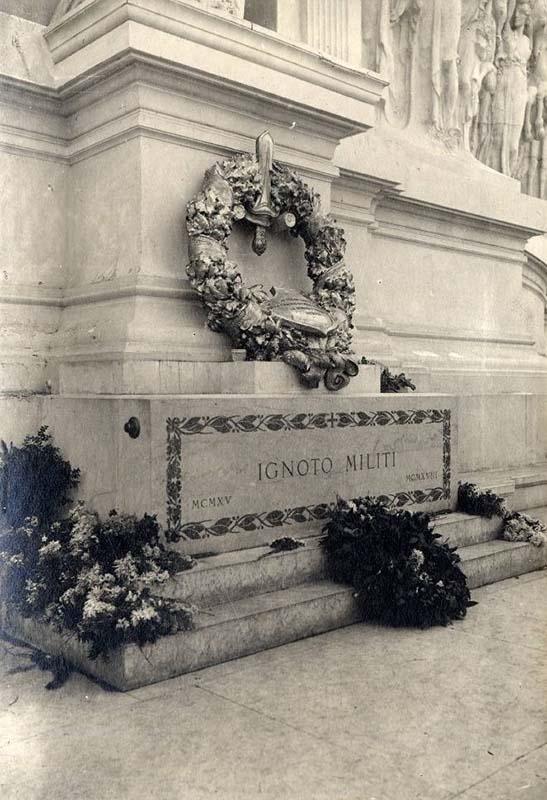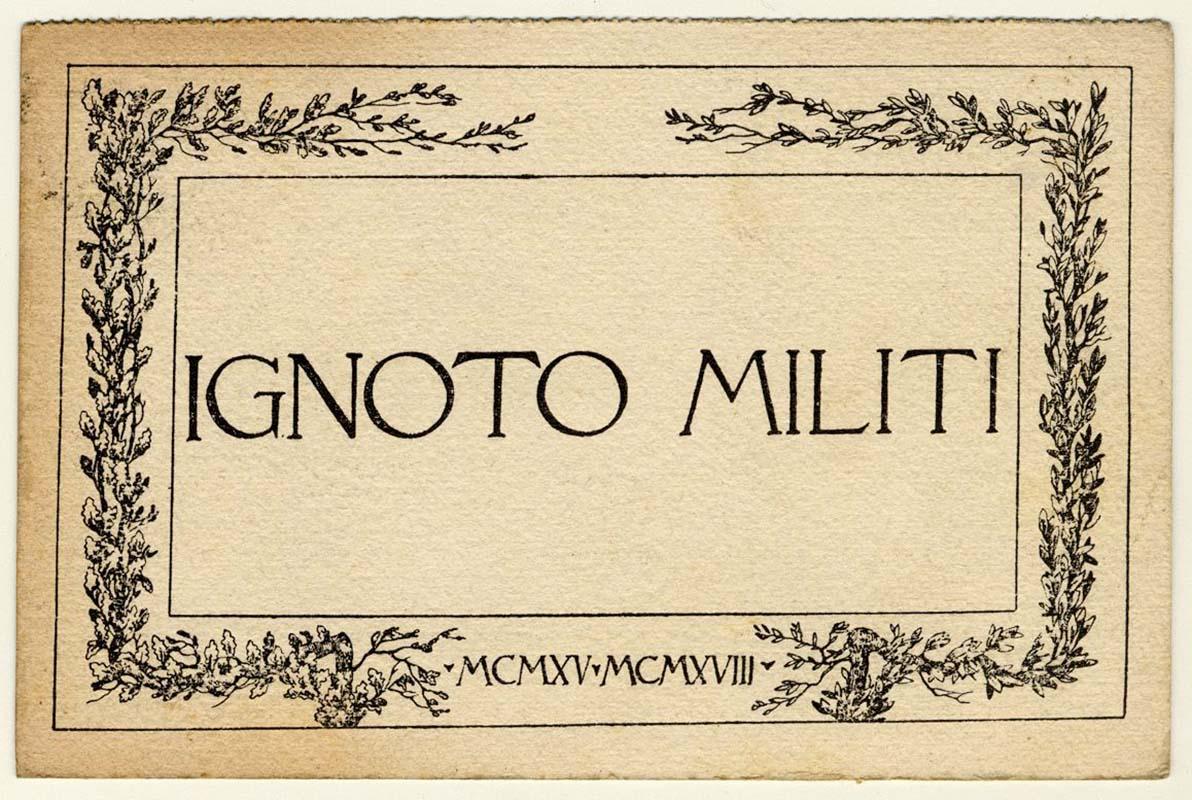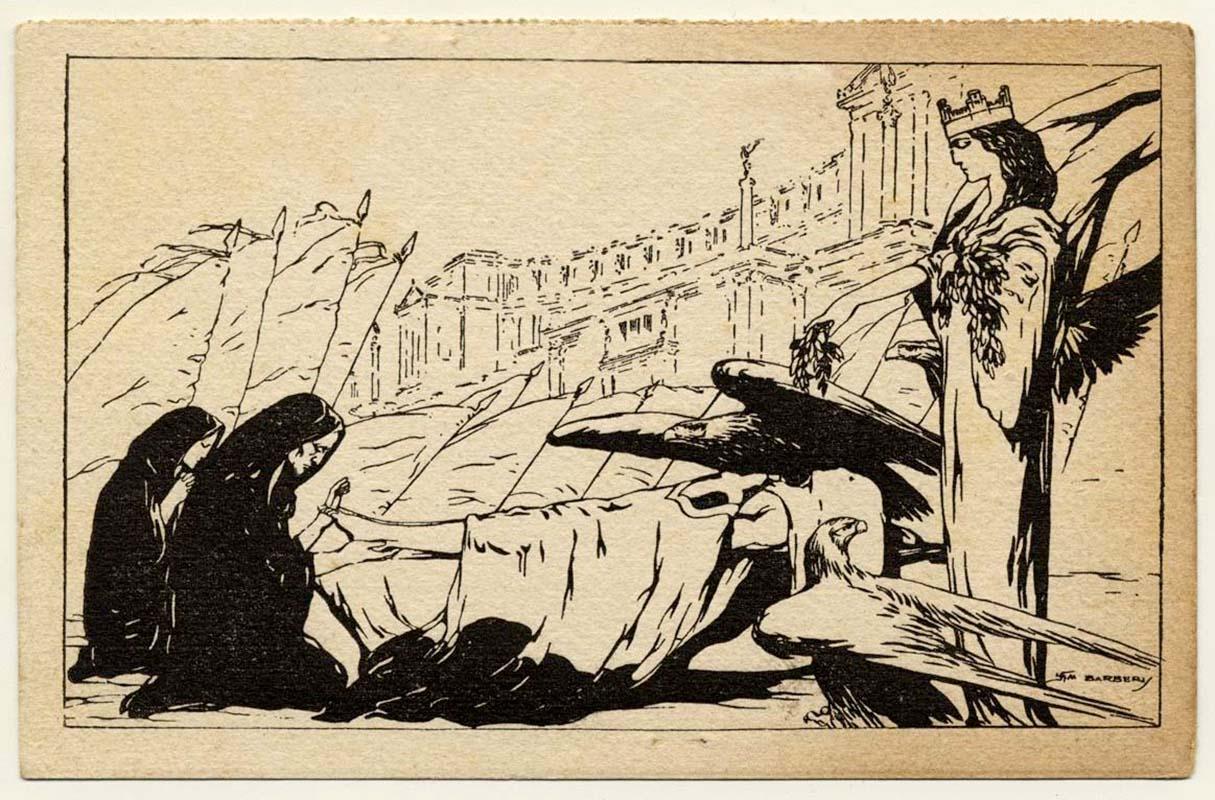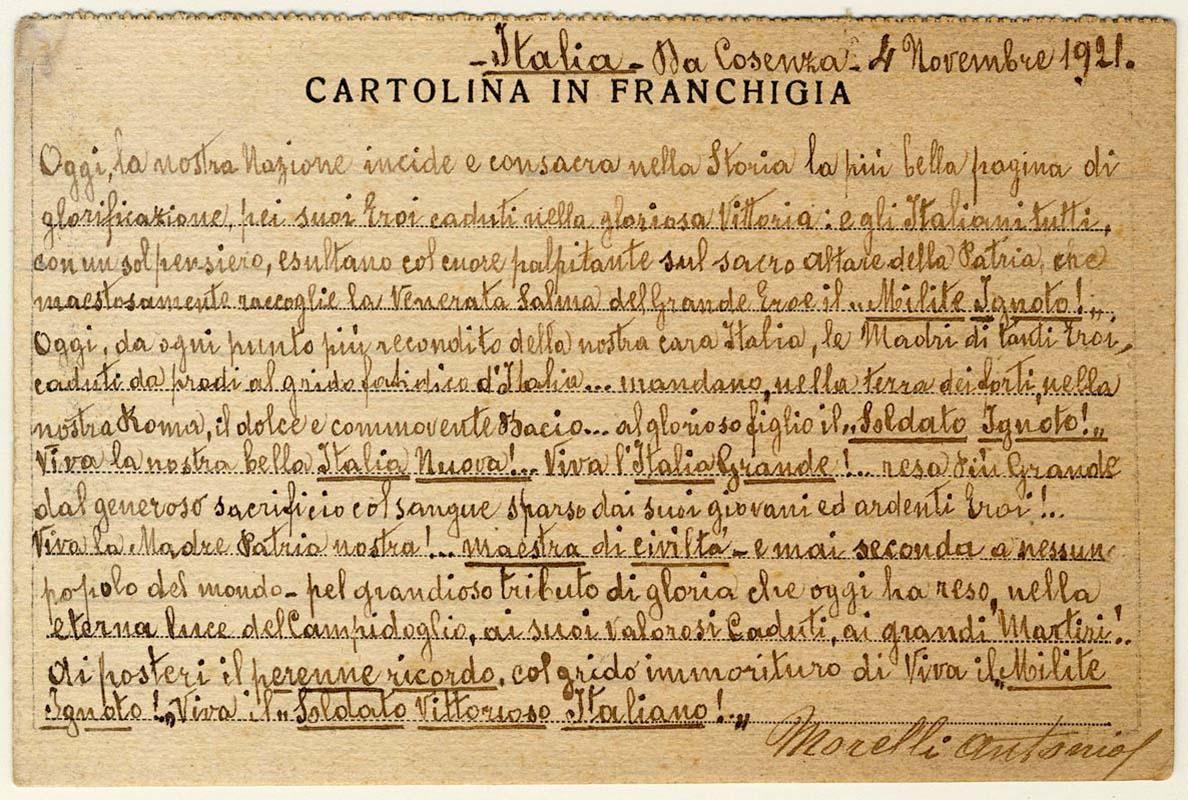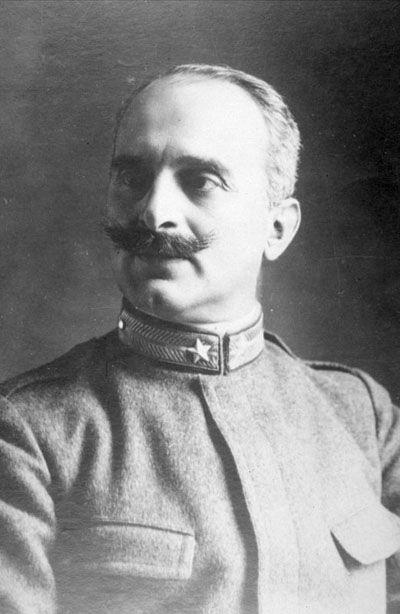The invention of the Unknown Soldier
The Altar of the Fatherland houses the Tomb of the Unknown Soldier
The Altar of the Fatherland is also known, and in some ways mainly, because of the presence of the Tomb of the Unknown Soldier inside. This expression is used to indicate an Italian soldier who died in the First World War and was not identified.
The cult of the Unknown Soldier is extremely widespread internationally: it represented a response that various nations provided to the human losses suffered during the Great War. The idea had already arisen during the conflict: England affixed a plaque in Westminster Abbey to commemorate the "unknown soldier", France a second one in the Arc de Triomphe in Paris for the "soldat inconnu". Italy adopted the same idea in 1920 thanks to Colonel Giulio Douhet (1869-1930).

